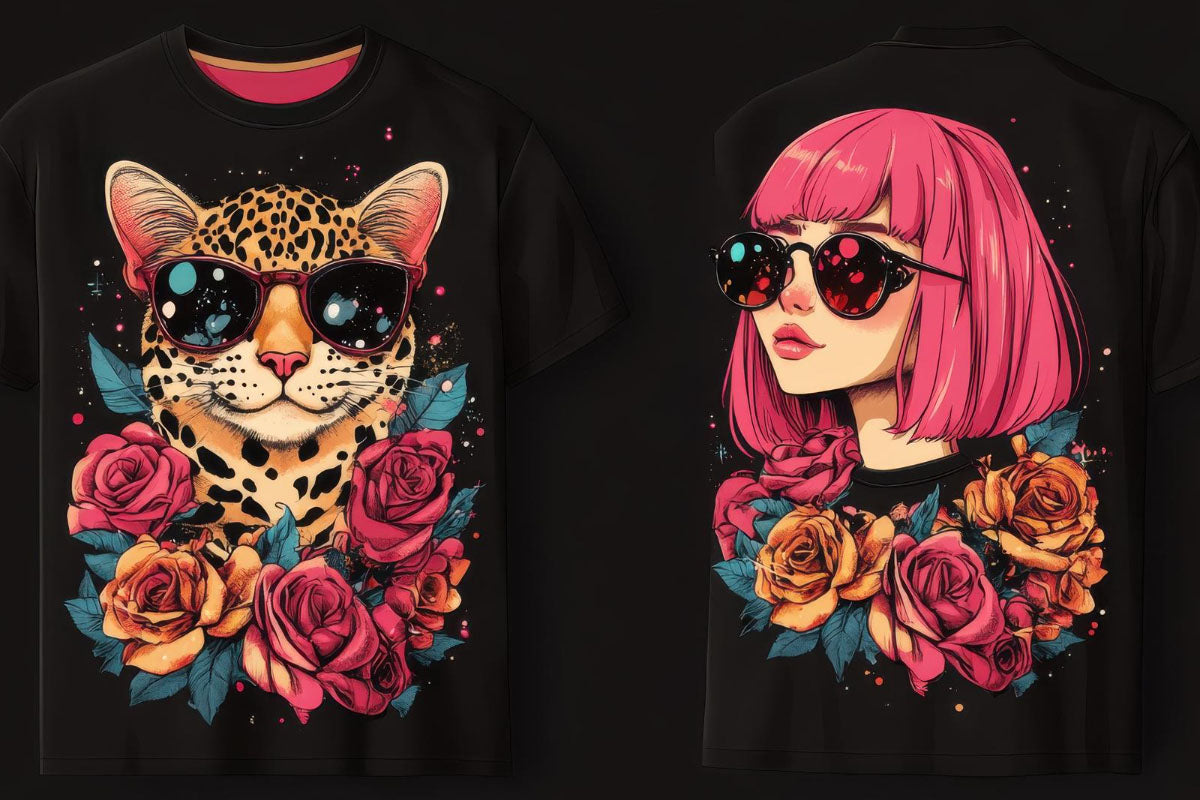
DTF Transfer Techniques for Professional Results
Choosing the Right Materials for DTF Transfers
Achieving high-quality DTF transfers starts with selecting premium materials. The film, ink, and adhesive powder used in the DTF transfer process directly impact print clarity and durability. High-grade components ensure vibrant colors, sharp details, and long-lasting designs that withstand washing and wear. Using inferior materials may result in dull prints, weak adhesion, and premature fading.
Optimizing Printer Settings for DTF Transfers
Proper printer settings play a crucial role in achieving professional-quality DTF transfers. Adjusting the ink saturation, resolution, and color profiles ensures accurate prints with rich color depth. Fine-tuning these settings allows the DTF transfer process to produce crisp and consistent results. Running test prints can help determine the best settings for specific fabrics and designs.
Applying Adhesive Powder Correctly for DTF Transfers
Adhesive powder is essential for ensuring a strong bond in DTF transfers. Uneven or insufficient application can lead to weak adhesion, causing peeling or fading after washes. Ensuring an even coat of powder over the entire design improves the durability of the DTF transfer print. Proper curing of the powder is also critical to achieving long-lasting, high-quality results.
Mastering Heat Press Techniques for DTF Transfers
The heat press process determines how well a DTF transfer adheres to fabric. Temperature, pressure, and pressing time must be precisely controlled to avoid smudging or incomplete bonding. A consistent pressure across the fabric ensures that the DTF transfer bonds smoothly, resulting in a vibrant and professional finish. Experimenting with different settings can help refine the pressing process.
Fabric Preparation for Superior DTF Transfers
Preparing the fabric before applying DTF transfers is vital to achieving high-quality prints. Removing lint, dust, and moisture prevents imperfections and enhances adhesion. Preheating the fabric helps eliminate wrinkles and ensures a smooth surface for the DTF transfer, improving the overall longevity and appearance of the final print.
Post-Pressing Care to Maintain DTF Transfers
Proper care after applying DTF transfers extends the life of the design. Washing garments in cold water with mild detergents prevents fading and cracking. Avoiding excessive heat when drying and ironing maintains the vibrancy of the DTF transfer. Following these care guidelines helps keep the prints looking fresh and professional over time.
Conclusion
Perfecting DTF transfers requires a combination of high-quality materials, optimized printer settings, precise heat press techniques, and proper post-press care. By mastering these elements, businesses and designers can produce durable, vibrant, and professional-looking prints. Whether for custom apparel or large-scale production, implementing these DTF transfer techniques guarantees superior results.
Frequently Asked Questions
-
What is a DTF transfer?
- A DTF transfer is a digital printing method that applies designs onto fabric using a specialized film and adhesive powder.
-
How do I improve DTF transfer durability?
- Using high-quality materials, ensuring proper heat pressing, and following correct washing guidelines enhance durability.
-
Can DTF transfers be applied to any fabric?
- Yes, DTF transfer technology works on cotton, polyester, blends, and various synthetic fabrics.
-
What temperature should I use for DTF transfers?
- The ideal temperature varies but typically falls between 300-325°F for best adhesion.
-
How do I prevent DTF transfers from peeling?
- Evenly applying adhesive powder and using correct pressure and heat settings prevent peeling.
-
Are DTF transfers better than vinyl?
- DTF transfers offer more vibrant colors, superior durability, and greater flexibility than vinyl.
-
What is the best way to wash DTF transfer prints?
- Wash in cold water with mild detergent and avoid high heat drying to maintain print quality.
-
How can I prevent ink bleeding in DTF transfers?
- Proper curing and using high-quality ink and film reduce ink bleeding issues.
-
Can DTF transfers be layered for multicolor prints?
- Yes, DTF transfers can be layered to create detailed and colorful designs.
-
Is DTF transfer printing cost-effective?
- Yes, DTF transfer printing eliminates expensive setup fees and minimizes material waste, making it a budget-friendly option.